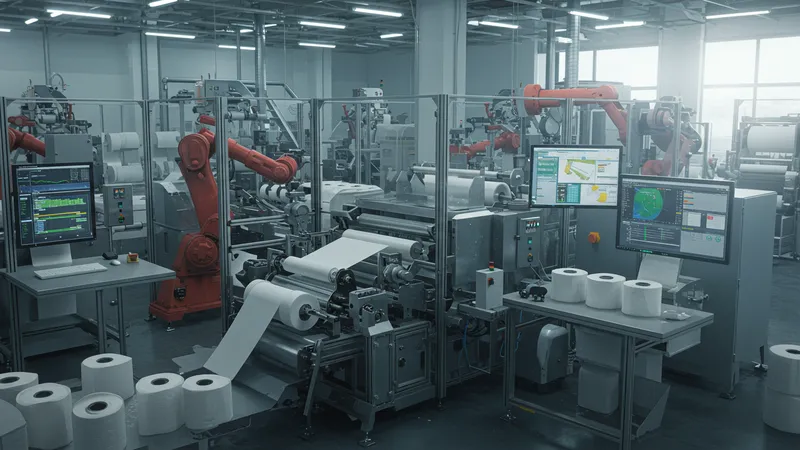
Evolution Of Toilet Paper: From Early Uses To Modern Manufacturing
Manufacturing Innovations and Technological Advances
Advancements in toilet paper manufacturing have been pivotal in shaping both quality and accessibility. Early mechanical processes focused on simple pulping and sheet formation, but soon evolved into intricate systems involving bleaching, embossing, and layering. Improvements in water management and energy efficiency have also marked recent decades, aligning production with environmental priorities.

Cutting-edge factories now employ high-speed paper machines capable of producing miles of tissue per hour. Robotics streamline packaging, while computer monitoring optimizes consistency and softness. Safety protocols and quality assurance have become integral, ensuring the end product meets global standards for hygiene and durability.
The move toward eco-friendly production has led to significant investments in both materials and machinery. Recycled content, reduced water consumption, and innovative fiber sources such as bamboo are gaining market share. Brands tout certifications from organizations emphasizing responsible sourcing and minimal environmental impact, emphasizing the link between manufacturing and sustainability.
These innovations have not only improved the consumer experience—offering stronger, softer, and more absorbent toilet paper—but have also supported a massive global supply chain. Efficiency and quality control now go hand-in-hand, illustrating the technical marvels behind everyday hygiene products.